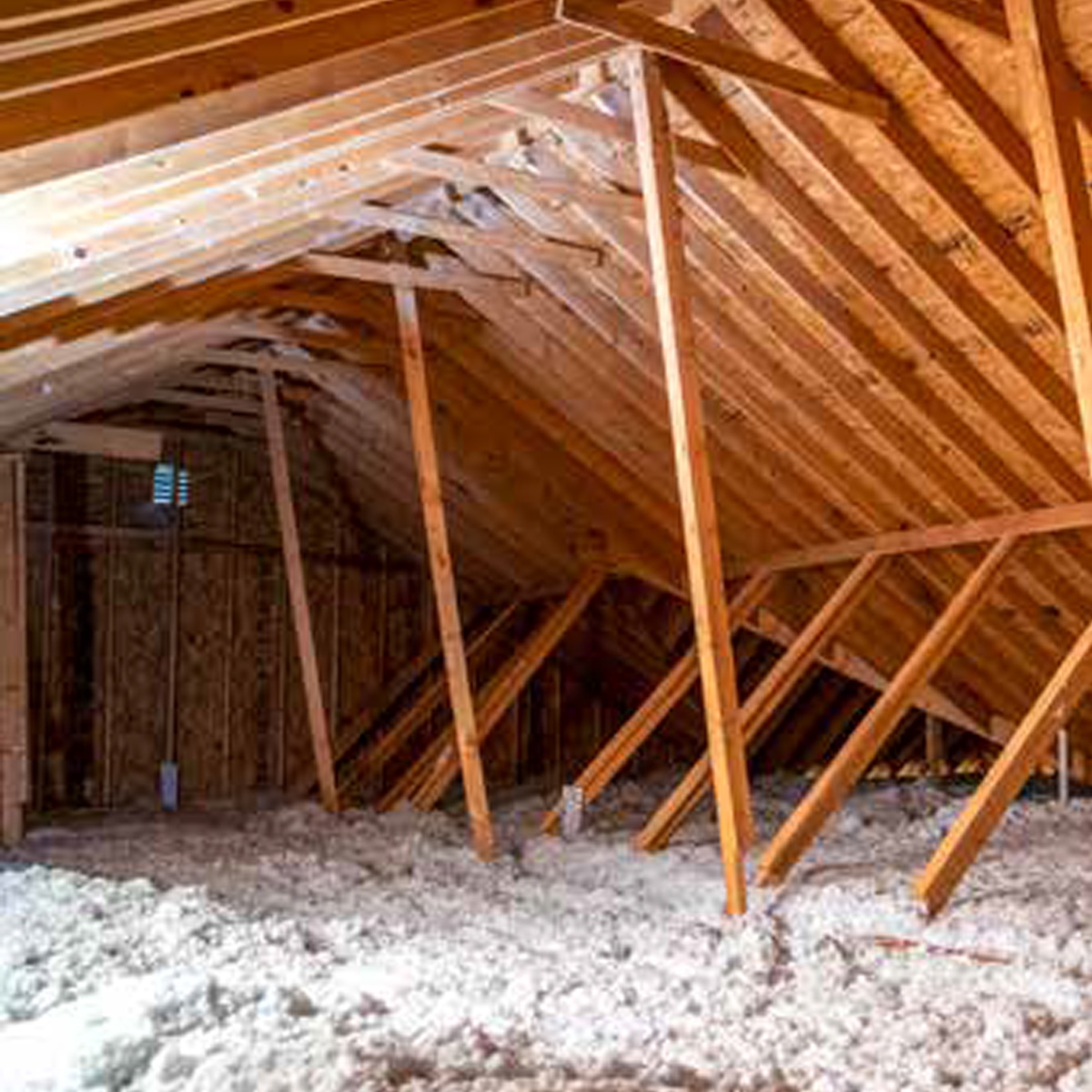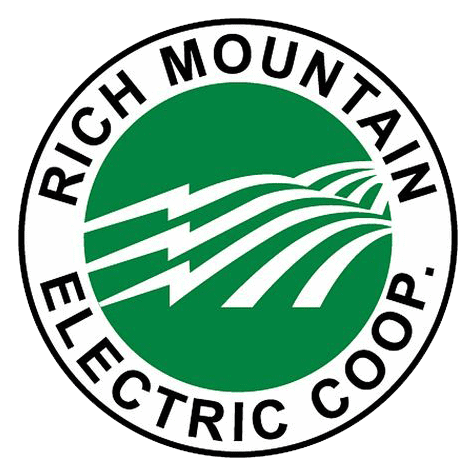Insulation 101: Wrap Your Home in Warmth
By: Mitch Ross
Several years ago, when I was looking to purchase a home for my family, I gave the real estate agent quite a surprise! As she was showing us a home and talking about the layout and other hot-topic items, an attic access caught my eye.
Though I didn’t have a ladder, and it wasn’t a pull-down style access, I was undeterred. I grabbed a broom to push the scuttle door out of my way and managed to jump up and grab the lip of the scuttle hole and pull myself up. I’m not 100% positive, but based on the agent’s reaction, I’m guessing this is the first time she’d experienced something like that.
The most notable thing that came out of this attic review was the dire lack of insulation. If we purchased the home, I was going to have some expense on my hands to get the insulation where it needed to be to make the home comfortable and efficient. We bought the house, and I put in blown cellulose insulation soon after we moved in. We noticed the difference it made right away!
The experience also reminded me of how many insulation options there are for homeowners, and how investigating and choosing the best option for a particular application can be tricky. The most important part of the home to insulate well is the attic, as that is where most heat transfer occurs in homes.
Here are some common insulation materials and considerations for each:
Fiberglass batts: These rolls of fiberglass insulation are the most common for DIY scenarios, as they are relatively easy to install and don’t require any special equipment. They come in varying thicknesses for different applications (walls vs. ceilings). However, if great care isn’t taken to install them well with no gaps, the R-value, or measure of thermal resistance, drops significantly.
Blown fiberglass: This loose material requires a machine for installation. It is good for attics, as installation goes quickly and covers small areas and gaps well. It’s usually not the best option, in my opinion, as blown cellulose offers the same benefits plus some others at a comparable cost.
Blown cellulose: This is usually the best-value option for homes, especially in the attic. It is composed of recycled paper with some fire-retardant additives. It has the same pros as blown fiberglass and is installed in the same manner. The big benefit of this material over fiberglass is that it is significantly better at stopping airflow in addition to slowing heat transfer.
Spray foam: Spray foam is your premium option for insulation. It has excellent R-value per inch and completely cuts off airflow. It requires professional installation and has a high price tag. There are closed-cell and open-cell options depending on your application. Whenever considering attic insulation options, be sure to do your homework, as you’ll be feeling the effects for years to come!
Mitch Ross is the energy efficiency manager for the Electric Cooperatives of Arkansas.

